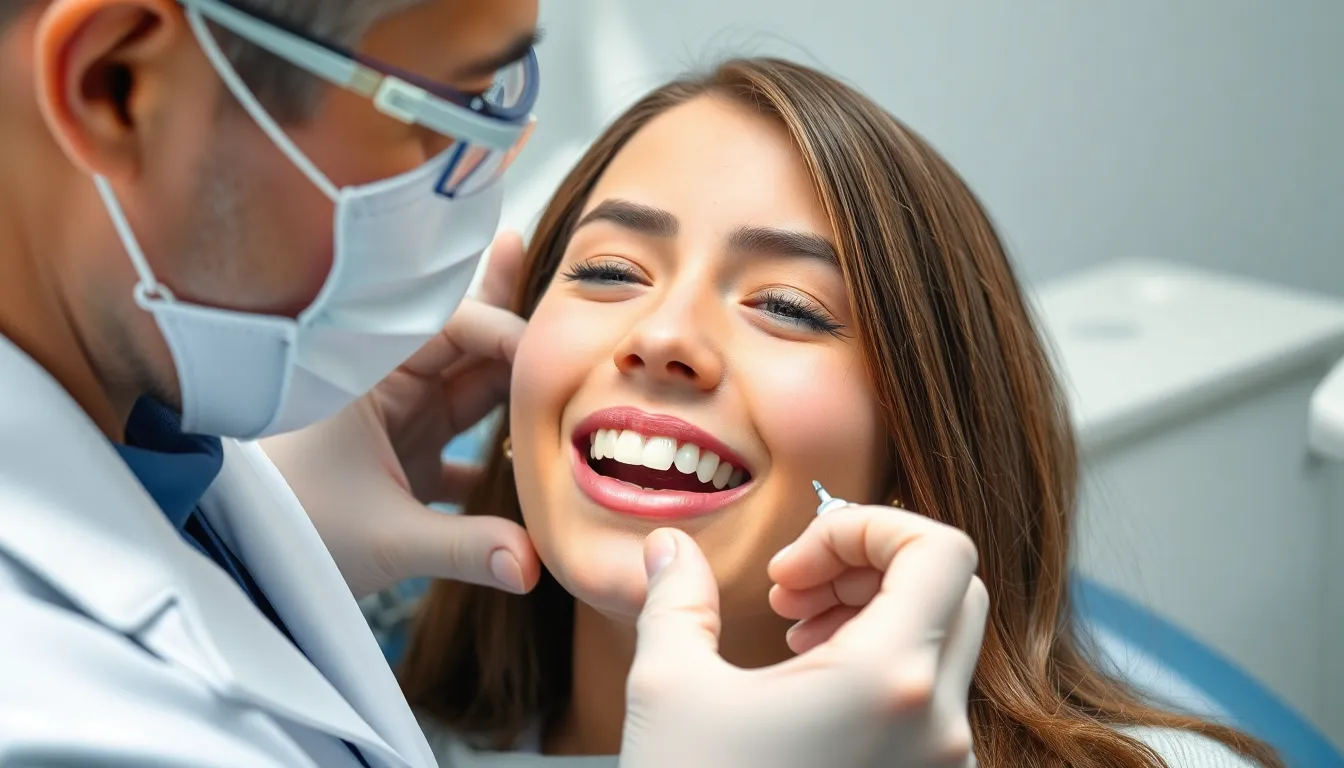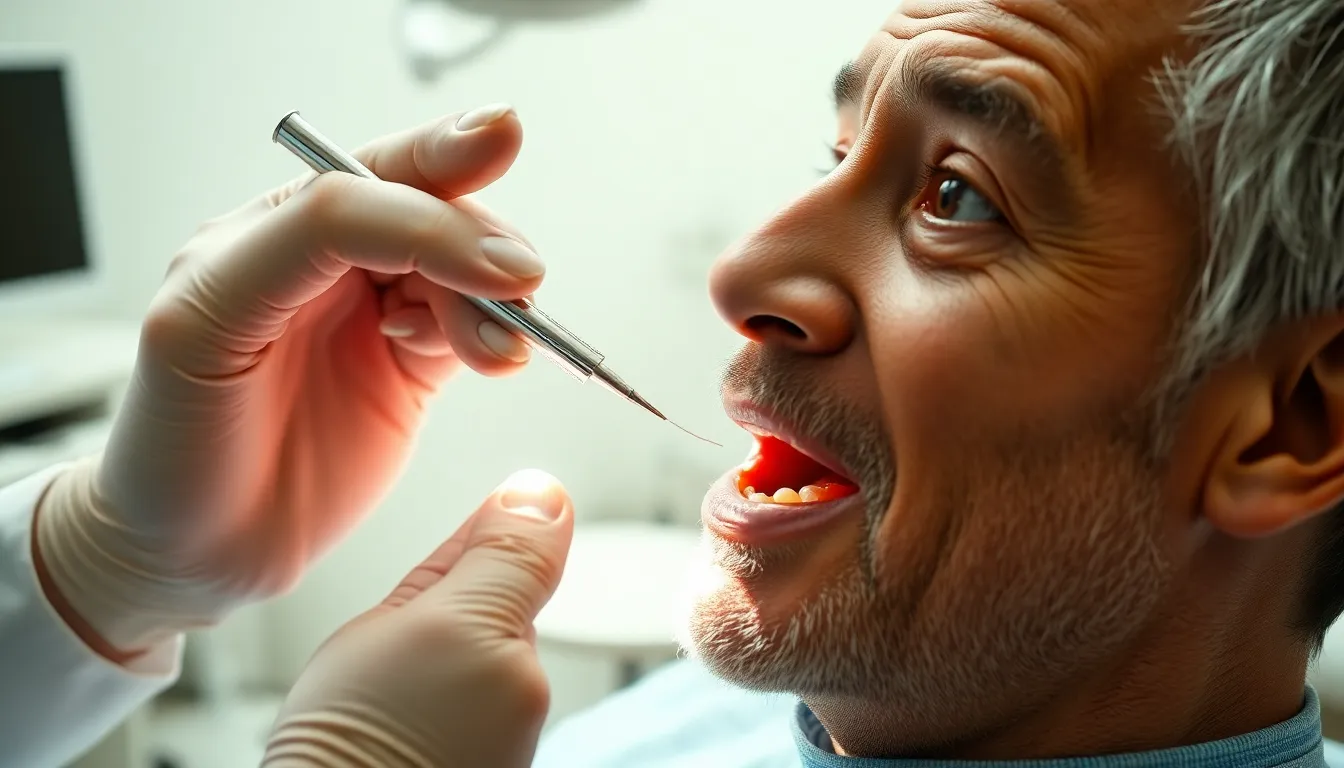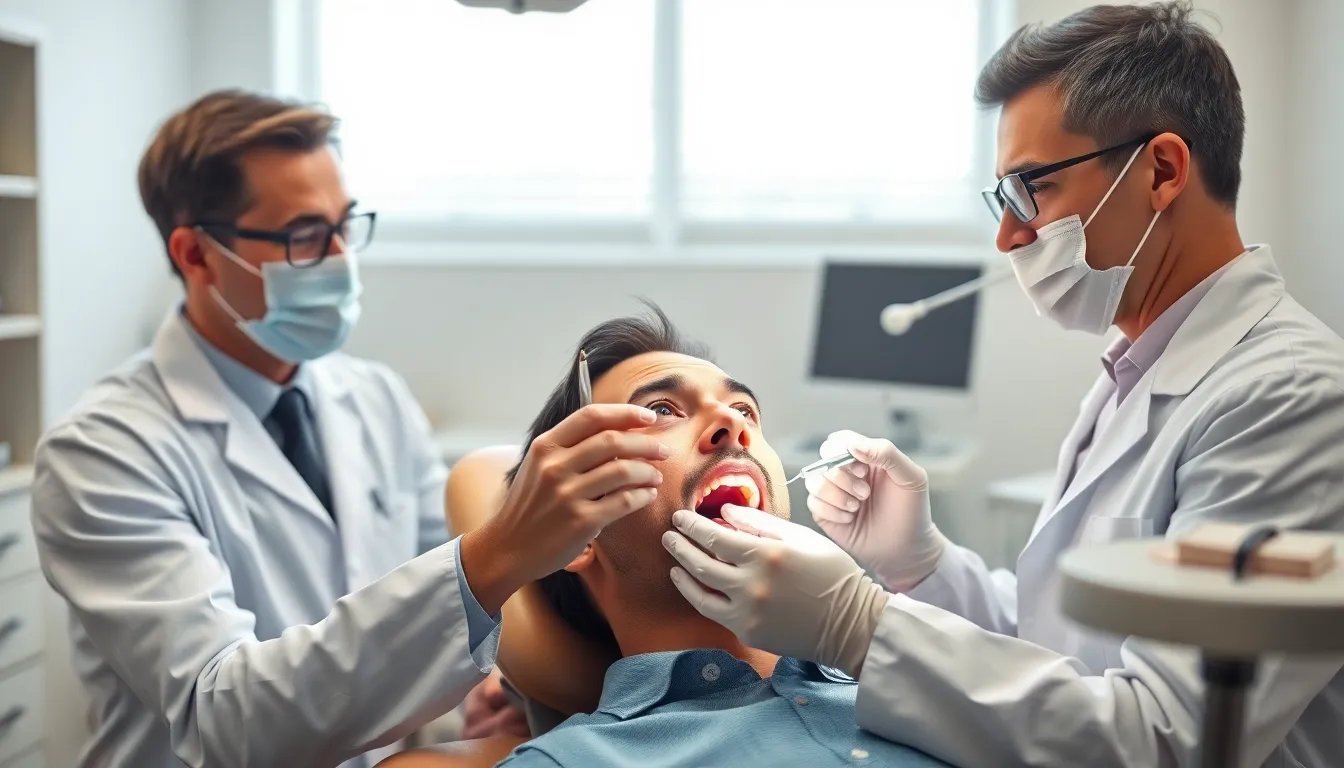Are you confused by all the dental terms your dentist uses during your appointments? You’re not alone. Many patients feel overwhelmed when hearing technical dental vocabulary, which can make dental visits more stressful than they need to be.
Understanding common dental terminology empowers you to take control of your oral health and communicate more effectively with your dental care team. In this text, we’ll break down 10 essential dental terms you’ll likely encounter at the dentist’s office, helping you feel more confident during your next check-up. From plaque and tartar to crowns and root canals, we’ve got you covered with simple, straightforward explanations.
Understanding the Importance of Dental Terminology
Dental terminology serves as the foundation for effective communication between you and your dental care provider. Learning these terms empowers you to better understand your oral health condition and treatment options. Many patients feel overwhelmed during dental appointments when unfamiliar words are used to describe their dental issues.
Dr. Todd B. Harris recalls a patient named Sarah who avoided necessary treatment for years because she didn’t understand what her previous dentist meant by “occlusal restoration.” “Once I explained it was simply a filling on the chewing surface of her tooth, her anxiety disappeared immediately,” he shares. This experience highlights how dental jargon can create unnecessary barriers to care.
Knowing dental terminology also helps you:
- Communicate symptoms more accurately during appointments
- Ask informed questions about treatment recommendations
- Review your dental records with greater comprehension
- Discuss insurance coverage with confidence
- Research oral health topics relevant to your exact conditions
Dental professionals use precise terminology to ensure accurate treatment planning and documentation. When you’re familiar with these terms, you’re able to participate more actively in decisions about your oral health care. This knowledge transforms what might seem like intimidating technical language into valuable information that guides your dental health journey.
10 Common Dental Terms Every Patient Should Know
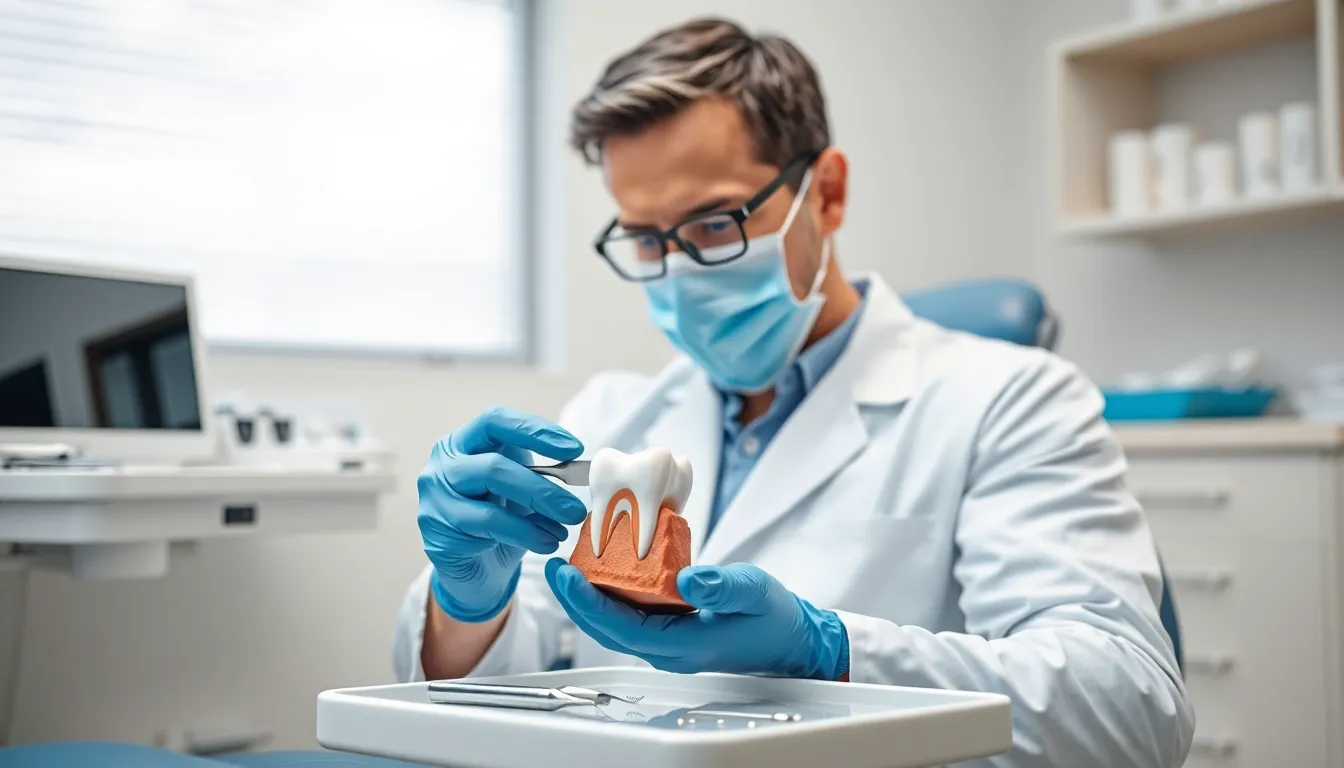
Understanding dental terminology helps you communicate effectively with your dentist and take control of your oral health care decisions. Here’s a breakdown of essential dental terms you’ll likely encounter during your appointments.
Cavities and Dental Caries
Cavities, also called dental caries, are areas of tooth decay caused by bacterial toxins that progressively destroy tooth structure. These small holes develop when plaque builds up on teeth and produces acids that erode the protective enamel layer. Left untreated, cavities can penetrate deeper into the tooth, causing pain, infection, and potentially tooth loss. Many patients don’t realize that early-stage cavities can often be reversed through improved oral hygiene and fluoride treatments before they require fillings.
Gingivitis and Periodontitis
Gingivitis marks the early stage of gum disease, characterized by inflammation, redness, swelling, and bleeding of the gums near the tooth line. This condition typically results from inadequate plaque removal during daily brushing and flossing. Periodontitis develops when gingivitis progresses untreated, leading to infection that damages the gums and bone supporting your teeth. The condition creates pockets between gums and teeth where bacteria thrive, eventually causing tooth mobility and potential tooth loss if left unaddressed. Dr. Harris often tells patients that bleeding gums are never normal – they’re always a sign that something needs attention.
Dental Implants
Dental implants function as artificial tooth roots made primarily of titanium that are surgically inserted into the jawbone. These biocompatible posts create a permanent foundation for supporting replacement teeth such as crowns, bridges, or dentures. Implants fuse with your jawbone through a process called osseointegration, providing stability and preventing bone loss that typically occurs after tooth extraction. One of our patients, Michelle, delayed getting an implant for years due to fear, but now calls it “the best dental decision I’ve ever made” because it restored both function and confidence in her smile.
Root Canal Therapy
Root canal therapy (endodontics) involves removing infected or damaged pulp from inside a tooth to eliminate pain and save the natural tooth structure. During this procedure, your dentist cleans and disinfects the inner canals before sealing them to prevent future infection. Modern root canal treatments are much more comfortable than their reputation suggests, with most patients reporting minimal discomfort similar to having a filling placed. The procedure addresses deep decay, cracks, or trauma that allow bacteria to reach the tooth’s nerve, causing severe pain that resolves once the infected tissue is removed.
Diagnostic Dental Terms You’ll Hear at Checkups
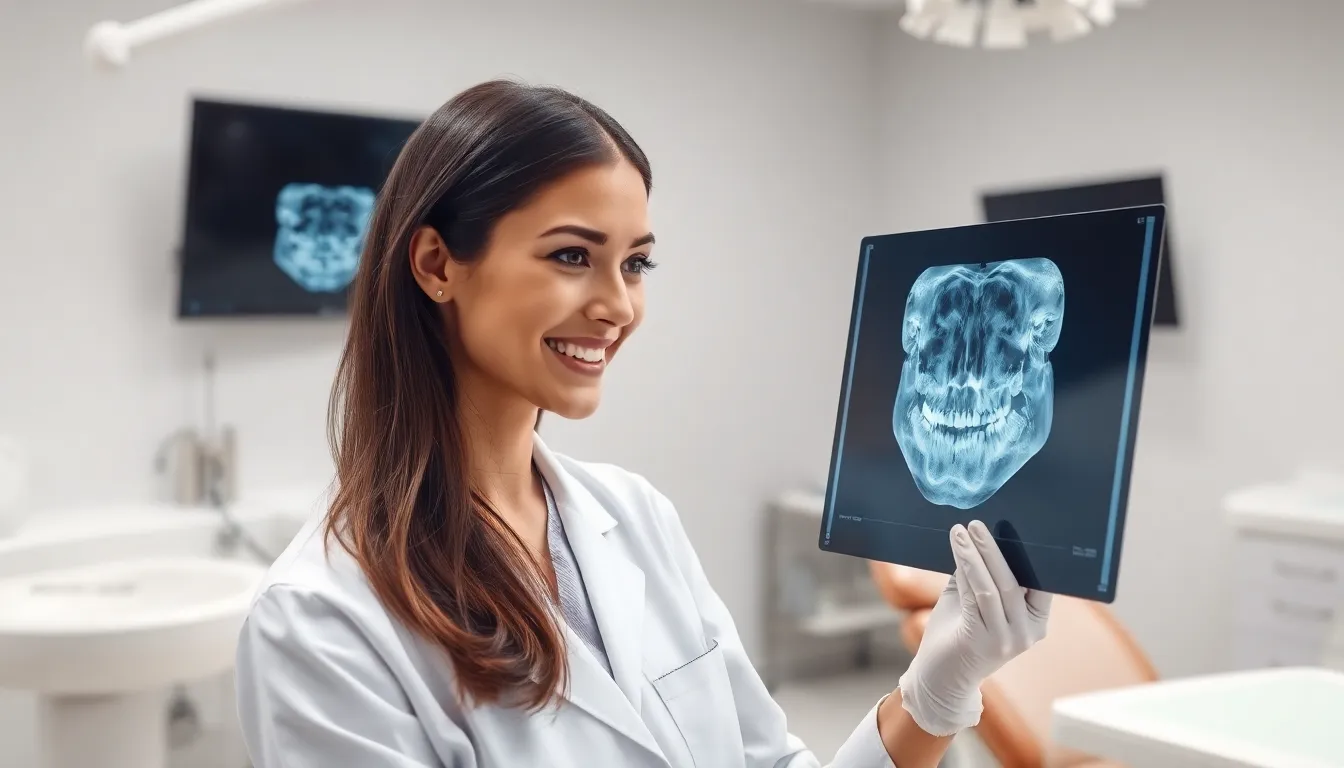
During dental appointments, your dentist uses exact diagnostic terms to describe examinations and procedures. Understanding these terms helps you better comprehend your oral health status and treatment recommendations.
Periodic Oral Evaluation
A periodic oral evaluation (D0120) is a routine dental checkup for established patients. Your dentist examines your mouth to assess changes in oral or medical health since your last visit. These evaluations typically include examination of existing restorations, checking for decay, and assessing gum health. Many patients like Sarah, who comes in every six months, find that regular evaluations help catch potential issues before they become serious problems.
Limited Oral Evaluation
Limited oral evaluations (D0140) focus on exact concerns rather than your entire mouth. Your dentist performs this focused exam when you experience trauma, infection, or pain in a particular area. These appointments address immediate concerns without the comprehensive nature of a regular checkup. For instance, if you chip a tooth over the weekend or develop sudden pain, a limited evaluation targets just that problem area.
Comprehensive Oral Evaluation
A comprehensive oral evaluation (D0150) provides a complete assessment of your oral health. New patients or those who haven’t visited in years typically receive this thorough examination. Your dentist combines visual inspection with dental imagery to create a baseline for future care. This evaluation captures detailed information about your teeth, gums, jaw, and surrounding tissues to develop an appropriate treatment plan.
Comprehensive Periodontal Evaluation
If you show signs of gum disease, your dentist may perform a comprehensive periodontal evaluation (D0180). This specialized examination includes measuring the depth of gum pockets around each tooth and reviewing X-rays to assess bone loss. Your dentist looks for inflammation, bleeding, and recession to determine the health of your gum tissue and supporting structures.
X-Rays and Radiographs
Dental X-rays create images that reveal what’s happening beneath the surface of your teeth and gums. Bitewing X-rays show the areas between teeth, making them excellent for detecting decay in places your dentist can’t see visually. Periapical (PA) X-rays focus on one or two teeth completely, from crown to root, helping identify root and bone issues. Orthopantomograms (OPGs) provide panoramic views of your entire mouth, showing all teeth, jaws, and surrounding structures in a single image. Dr. Harris often tells patients that X-rays are like having “dental superpowers” – they reveal potential problems long before they become visible to the naked eye.
Prophylaxis
Prophylaxis refers to the professional cleaning procedure performed during regular dental visits. Your hygienist removes plaque and tartar buildup from your teeth to prevent gum disease and tooth decay. This cleaning reaches areas that regular brushing and flossing can’t effectively clean, particularly below the gumline where bacteria collect. Patients often comment on how smooth their teeth feel after prophylaxis, which demonstrates how effectively this procedure removes surface buildup and stains.
Gingival Assessment
Gingival assessments evaluate the health of your gums, the soft tissue surrounding your teeth. Your dentist checks for signs of inflammation, bleeding, recession, and other indicators of gum disease. Healthy gums appear pink, firm, and fit snugly around teeth, while unhealthy gums may look red, swollen, or pull away from teeth, creating pockets where bacteria can accumulate.
Plaque and Calculus Identification
During checkups, your dentist identifies plaque and calculus on your teeth. Plaque is a sticky, colorless film of bacteria constantly forming on teeth and gums. Left unchecked, plaque hardens into calculus (tartar), which can only be removed professionally. These substances contribute to tooth decay and gum disease when not regularly removed through proper oral hygiene practices and professional cleanings.
Cosmetic Dental Terminology

Cosmetic dentistry focuses on improving the appearance of your smile through various aesthetic procedures. Understanding these key terms helps you communicate effectively with your dentist about your smile enhancement goals.
Veneers and Bonding
Veneers are thin shells typically made from porcelain or composite resin that dentists bond to the front surface of teeth. These custom-designed coverings mask discoloration, chips, gaps, or misalignments to create a more symmetrical and attractive smile. Composite resin, the material often used in both veneers and bonding procedures, contains tooth-colored plastic with glass or ceramic particles that hardens when exposed to light or chemical catalysts.
Dental bonding offers a less invasive alternative to veneers by applying composite resin directly to teeth. Your dentist shapes and polishes this material to repair chips, close small gaps, or improve tooth shape without removing important tooth structure. Dr. Harris often recommends bonding for patients seeking affordable cosmetic improvements with minimal commitment, as one of his patients, Michelle, discovered when she chose bonding to fix a chipped front tooth before her daughter’s wedding—a quick solution that photographed beautifully and restored her confidence.
Teeth Whitening and Bleaching
Teeth whitening encompasses any procedure that makes teeth appear whiter, including both professional and over-the-counter options. The process typically involves bleaching—the application of peroxide-based agents to lighten discoloration and stains on tooth surfaces. These treatments target both intrinsic (internal) and extrinsic (surface) stains that develop from coffee consumption, smoking, or aging.
Cariogenic substances like sugary foods and acidic beverages contribute to both tooth discoloration and decay. Professional whitening treatments provide more dramatic results than retail products because they use higher concentrations of bleaching agents. Lisa, a longtime patient at our practice, tried many store-bought whitening products with minimal success before undergoing professional bleaching, which brightened her smile by eight shades in just one session. Contouring sometimes accompanies whitening treatments, involving the gentle reshaping of tooth enamel to improve overall smile aesthetics and create a more pleasing tooth outline.
How Knowing Dental Terms Improves Your Dental Experience

Clear Explanation and Understanding
Dental terminology gives you the power to fully comprehend your oral health situation. When your dentist uses terms like “periodontitis” instead of just saying “gum problems,” you’ll recognize the exact condition they’re referring to and understand its severity. This clarity enables you to make informed decisions about treatment options rather than feeling confused by technical jargon. Dr. Todd B. Harris notes, “Patients who understand basic dental terminology ask more relevant questions and generally feel more in control of their treatment decisions.”
Building Trust and Credibility
Familiarity with dental terms strengthens the relationship between you and your dental provider. You’re more likely to trust recommendations when you understand what “scaling” involves rather than being told you need a “deep cleaning” without context. This knowledge helps you recognize when a dental professional is communicating accurately and knowledgeably, which builds confidence in their expertise. One of our patients, James, shared that learning about “bruxism” helped him understand why his dentist recommended a night guard, making him more willing to follow through with the suggestion.
Empowering Patients
Understanding terms like “cavity” and “filling” empowers you to actively participate in your dental care. You’ll be better equipped to follow oral hygiene instructions, recognize warning signs of conditions like “gingivitis,” and take preventive measures before issues progress to “periodontitis.” This knowledge transforms you from a passive recipient of dental care to an engaged partner in maintaining your oral health.
Reducing Anxiety
Dental anxiety often stems from fear of the unknown. Knowing what a “root canal” actually involves demystifies the procedure and significantly reduces fear. Many patients report feeling calmer during appointments when they understand the terminology being used around them. Maria, a previously anxious patient, commented, “Once I learned what ‘prophylaxis’ meant, I stopped worrying about my regular cleanings because I understood the purpose and process.”
Improved Communication and Coordination
Your entire dental experience improves when you and the dental team speak the same language. Understanding terms like “crown” helps you communicate symptoms more precisely, while knowing what “plaque” is makes preventive care instructions more meaningful. This shared vocabulary ensures better treatment outcomes and increases overall satisfaction with your dental visits.
Conclusion
Armed with these dental terms you’re now better equipped to navigate your next dental appointment with confidence. Understanding the language dentists use isn’t just about knowing definitions—it’s about taking control of your oral health journey.
When you recognize terms like “periodontitis” or “veneers” you can ask informed questions participate more actively in treatment decisions and communicate your concerns more effectively. This knowledge bridges the gap between technical dental speak and your everyday experience.
Remember that dental professionals appreciate patients who take an interest in understanding their oral health. Your newfound dental vocabulary will help you build stronger relationships with your dental team leading to better care outcomes and a more positive dental experience overall.
Frequently Asked Questions
What is dental plaque and why is it harmful?
Dental plaque is a sticky, colorless film of bacteria that constantly forms on teeth. It’s harmful because the bacteria in plaque produce acids that attack tooth enamel, leading to cavities. If not removed through regular brushing and flossing, plaque can harden into tartar, which contributes to gum disease. Daily oral hygiene is essential for preventing plaque buildup.
How do cavities form in teeth?
Cavities (dental caries) form when acids produced by bacteria in plaque erode tooth enamel. This decay process begins with mineral loss in the enamel, creating a small hole that grows larger over time. Early-stage cavities can sometimes be reversed through proper oral hygiene and fluoride treatments, but advanced cavities require professional treatment like fillings.
What’s the difference between gingivitis and periodontitis?
Gingivitis is the early stage of gum disease characterized by inflammation, redness, and bleeding gums. It’s reversible with proper oral hygiene. Periodontitis is the advanced stage that develops when gingivitis is left untreated. It involves gum recession, bone loss, and potentially tooth loss. While gingivitis can be managed at home, periodontitis requires professional treatment.
Are root canals as painful as people say?
Modern root canal therapy is significantly more comfortable than its reputation suggests. The procedure actually relieves pain by removing infected pulp from inside the tooth. Dentists use effective anesthetics to ensure patient comfort during treatment. Most patients report that the procedure feels similar to getting a filling and eliminates the severe pain caused by the infection.
What is the difference between various types of dental evaluations?
Periodic oral evaluations are regular checkups that assess your overall oral health. Limited oral evaluations focus on specific concerns or problems. Comprehensive oral evaluations are thorough examinations typically conducted for new patients or after long absences from dental care. Each type serves different purposes in monitoring and maintaining your dental health.
Why are dental X-rays necessary?
Dental X-rays (radiographs) reveal problems invisible to the naked eye, including decay between teeth, bone loss, abscesses, cysts, tumors, and impacted teeth. They allow dentists to diagnose issues before they become visible or symptomatic, enabling earlier and less invasive treatment. Modern digital X-rays use minimal radiation and provide crucial diagnostic information that visual examinations alone cannot detect.
What exactly is dental prophylaxis?
Dental prophylaxis, commonly called a professional cleaning, involves removing plaque and calculus (tartar) from teeth surfaces. This preventive procedure helps combat gum disease and tooth decay by eliminating bacteria-harboring deposits that regular brushing and flossing can’t remove. Typically performed during routine checkups, prophylaxis is essential for maintaining optimal oral health and preventing more serious dental problems.
What are veneers and how do they differ from bonding?
Veneers are thin, custom-made shells that cover the front surface of teeth to improve appearance. They’re permanent and require removing some enamel. Dental bonding uses tooth-colored resin applied directly to teeth with minimal preparation. Veneers are more durable and stain-resistant, while bonding is less invasive and more affordable but may need more frequent replacement.
How does professional teeth whitening compare to at-home methods?
Professional teeth whitening delivers more dramatic results in less time than at-home methods. Dentist-supervised treatments use higher-concentration whitening agents applied with custom trays or specialized lights. They can lighten teeth by several shades in a single visit. While at-home kits are more affordable, they typically produce more gradual results and may cause sensitivity if not properly used.
How does understanding dental terminology improve my dental experience?
Understanding dental terminology empowers you to communicate effectively with your dental team, make informed decisions about treatment options, and actively participate in your oral healthcare. This knowledge reduces anxiety, builds trust with your provider, and helps you better comprehend treatment recommendations. When you understand what’s happening in your mouth, you’re more likely to follow through with necessary care.


